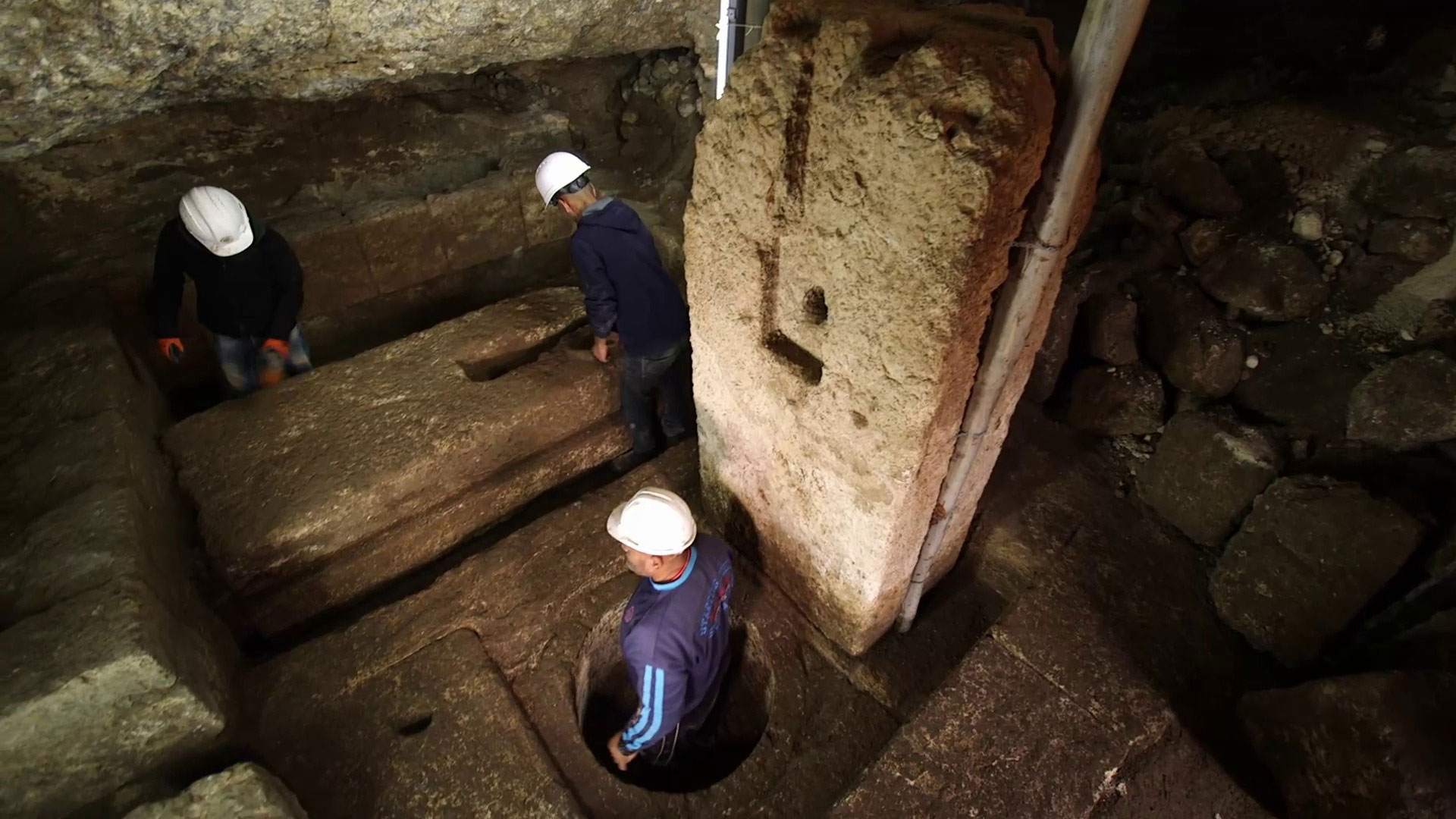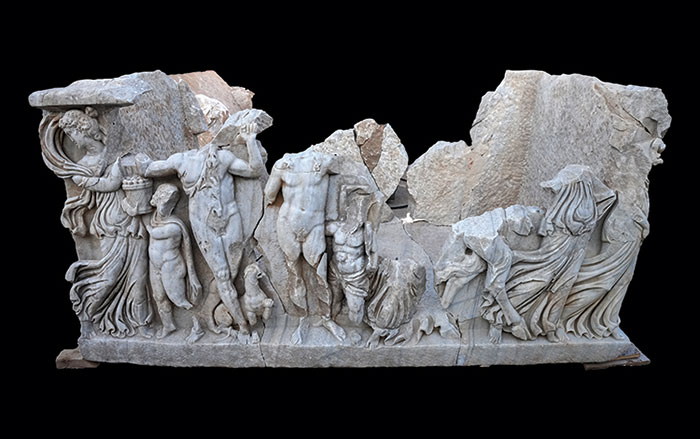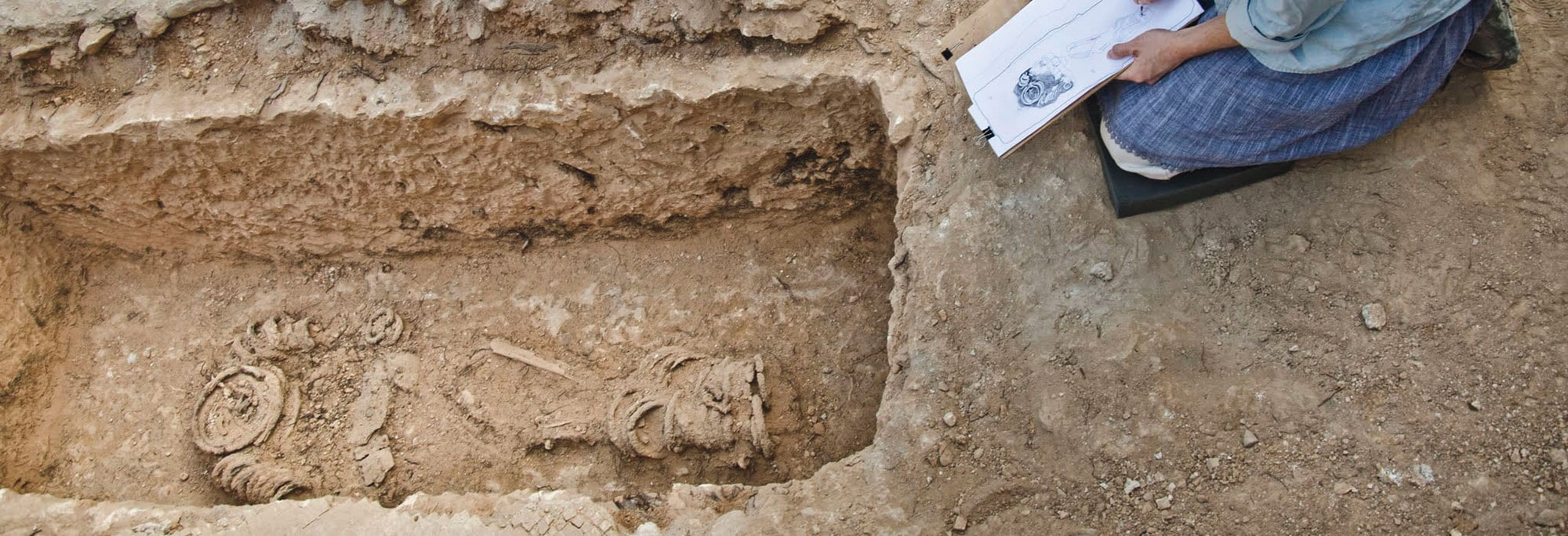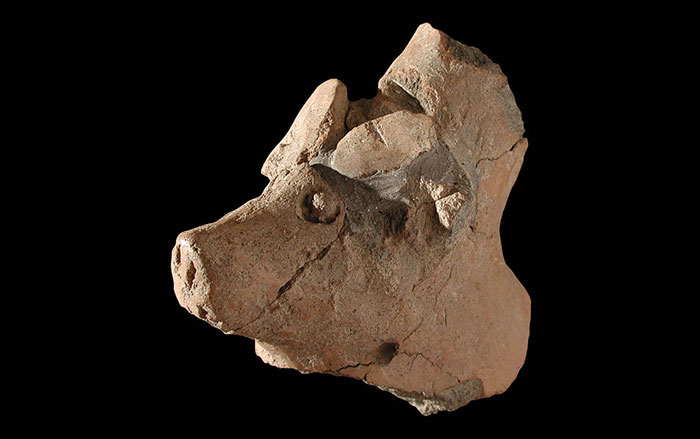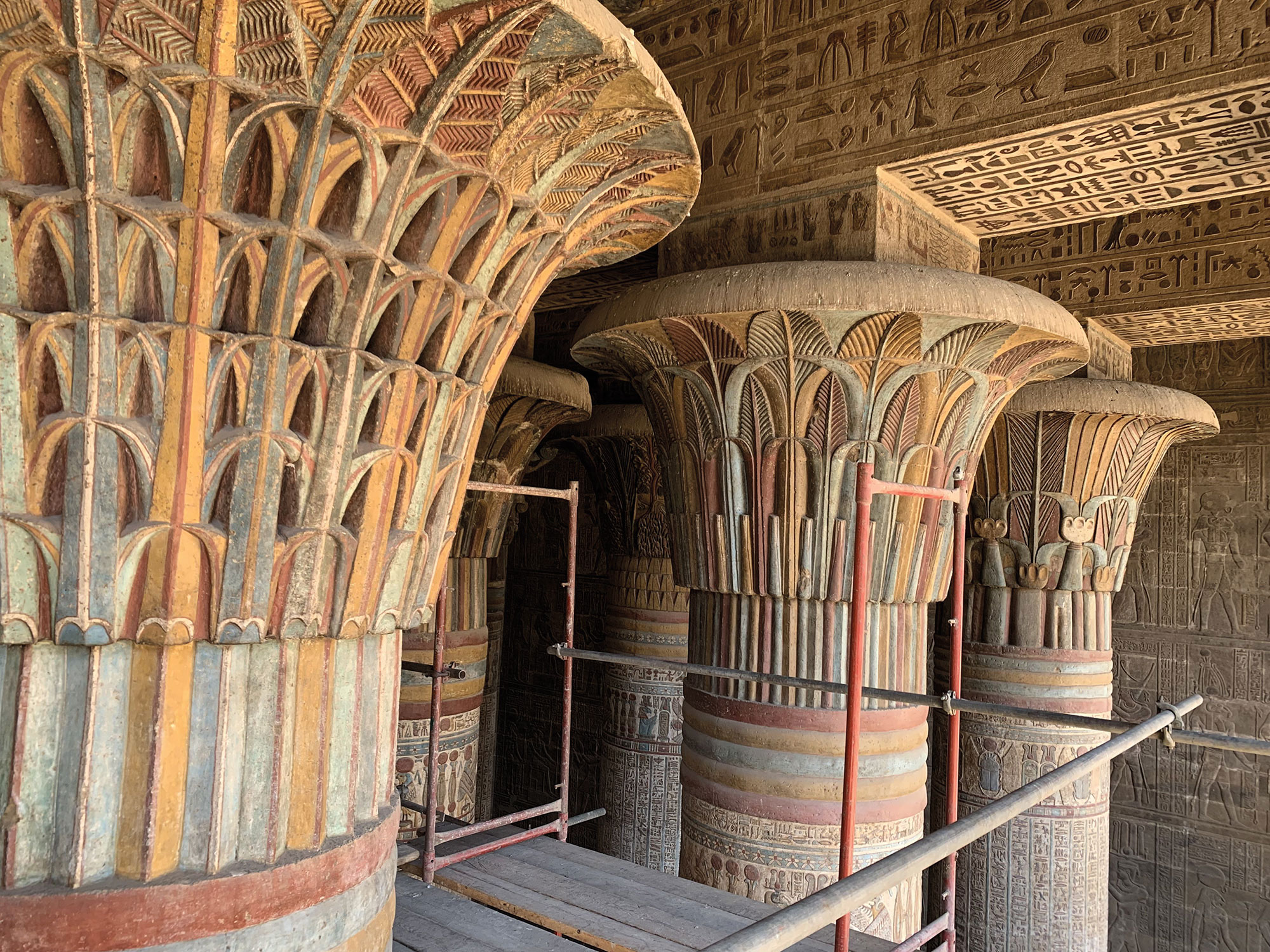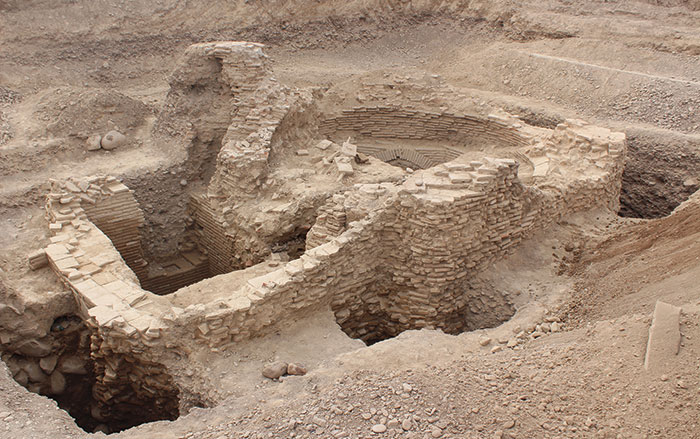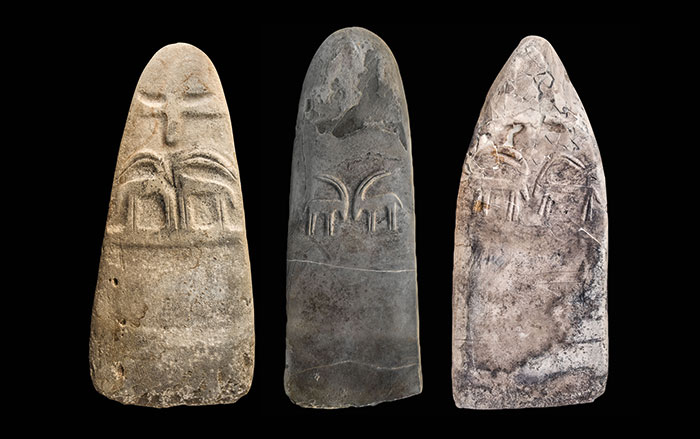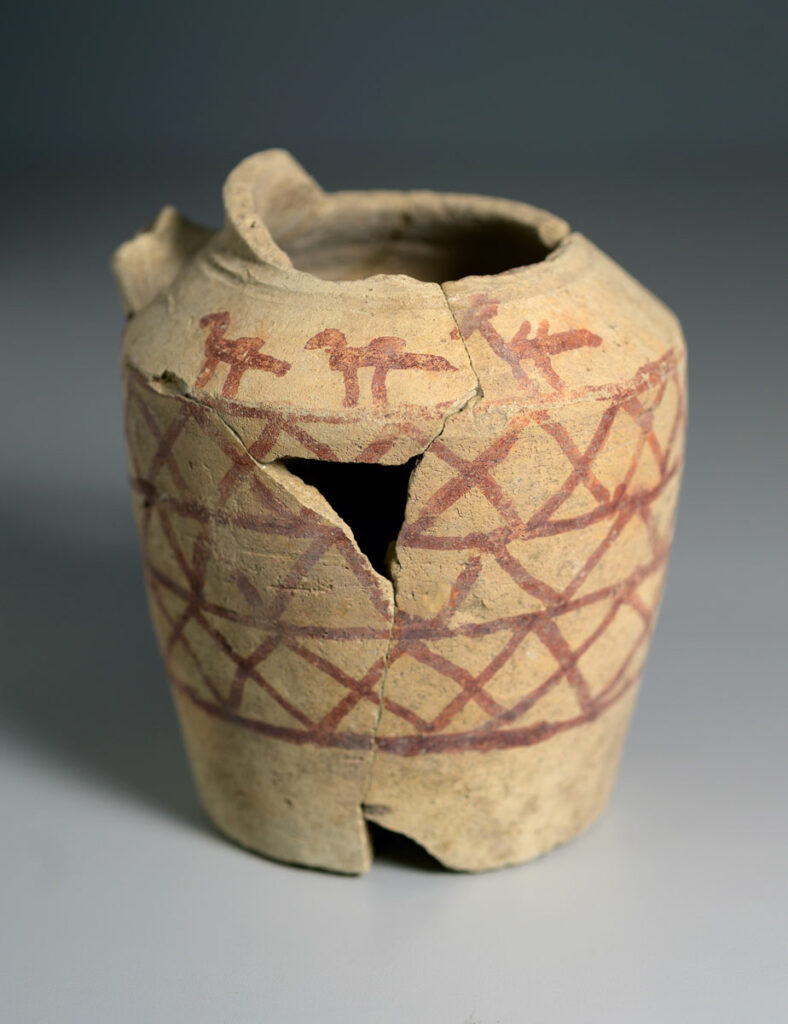
HORVAT ‘ANIM, ISRAEL—Jewish Business News reports that Israel Antiquities Authority (IAA) archaeologists working at the site of Horvat ‘Anim in the Yatir Forest uncovered a rare 1,200-year old ceramic vessel that is providing new details about trade and everyday life in the region during the ninth and tenth centuries a.d. The jug was decorated with painted red geometric patterns and features a caravan of animals, including a camel and possibly even an ostrich, the so-called “winged camel.” “In the Early Islamic period, camels served as the primary mode of transportation,” said IAA excavation director Oren Shmueli. “The fact that camels appear in the jug’s illustrations highlights their significance at the time. Camels transported goods across the empire and were essential to the economy. In the Roman and Byzantine periods, goods were typically transported by sea via ships or by land using carts, but in the Islamic period, the camel took precedence as the dominant land transport.” The ceramic artifact was found in a cave that had been converted into a dwelling. Previous archaeological work at the site revealed that the cavern originally held an impressive underground oil press. Excavations uncovered two massive stones that were part of the press mechanism. While it was in use, a wooden screw was installed between them, which was then used to press olives and extract oil that was collected in a central stone basin. To read about a seventh- or eighth-century a.d. mosque unearthed in Israel's Negev Desert, go to "Side by Side."


